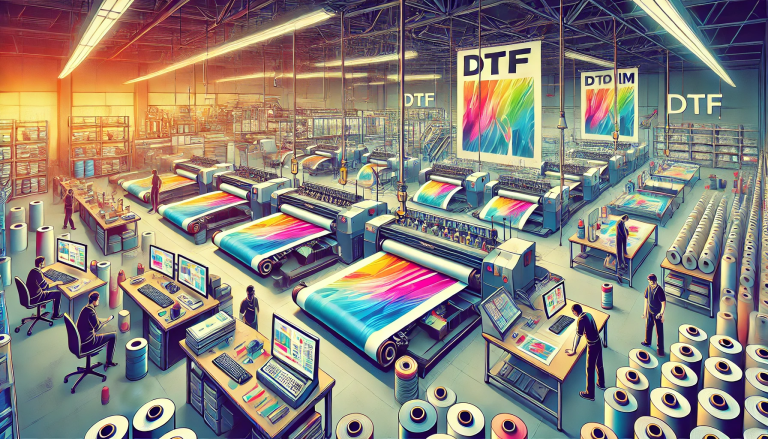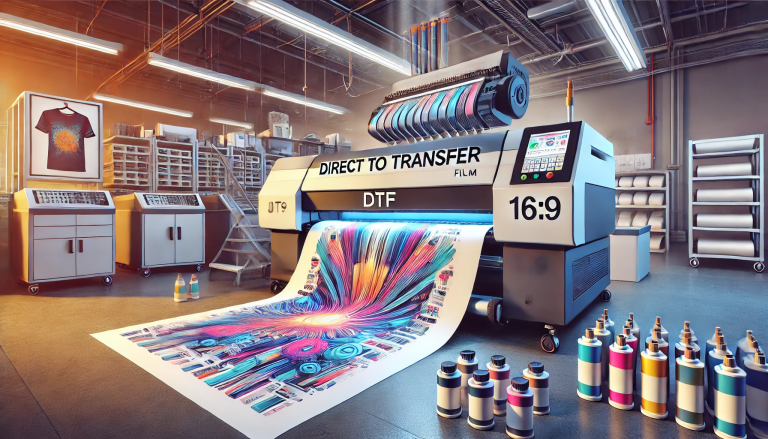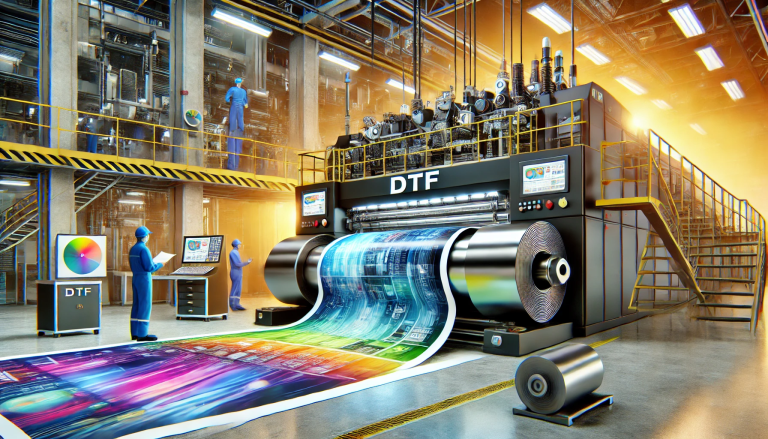“Can You Transfer DTF Prints to Vinyl? Exploring the Possibilities” -MAXDTF- Transfer DTF UV Paper Manufacturer, UV DTF Adhesive Transfer Decal Wholesale, Made in China
The world of digital printing is rapidly evolving, with Direct to Film (DTF) technology being one of the most talked-about advancements. DTF printing has revolutionized the garment printing industry, offering vibrant, high-quality, and durable prints on a variety of fabrics. But a common question emerges from enthusiasts and professionals alike: can you transfer DTF prints to vinyl? Let’s delve into this.
Understanding DTF Printing
Before we address the main query, it’s essential to understand what DTF printing is. DTF, or Direct to Film, is a printing method where designs are printed directly onto a special film, which is then transferred onto garments or other surfaces using heat.
The advantages of DTF include:
- High-quality prints: Offers vibrant and sharp color output.
- Durability: The prints tend to be long-lasting and resistant to fading.
- Versatility: Can be applied to a variety of materials, including those that are traditionally challenging for DTG (Direct to Garment) printers.
Vinyl and DTF: The Intersection
Vinyl is a popular medium for a plethora of applications, from car decals to wall graphics. When we talk about transferring DTF prints to vinyl, it’s essential to distinguish between the different types of vinyl and their intended applications.
- Heat Transfer Vinyl (HTV): This is used for garments, much like DTF. Theoretically, you could apply a DTF print to HTV, but the question is, why would you? Both HTV and DTF are methods to apply designs to fabrics, so applying a DTF print to HTV might seem redundant. Instead, you’d typically choose one method over the other based on the project’s needs.
- Sign or Adhesive Vinyl: This type of vinyl is used for signs, decals, or wall graphics. While it’s technically possible to transfer a DTF print to adhesive vinyl, it’s not a standard practice. The adhesive nature of the vinyl and the heat required for DTF transfers can lead to complications.
Considerations When Transferring DTF to Vinyl
If you’re adventurous and wish to experiment, keep these considerations in mind:
- Heat Sensitivity: Vinyl, especially adhesive vinyl, can be sensitive to heat. There’s a risk of the vinyl warping or shrinking when exposed to the high temperatures required for DTF transfers.
- Adhesion: DTF inks are designed to adhere to fabric fibers. Their adherence to vinyl surfaces might not be as robust, potentially leading to peeling or reduced durability.
- Purpose: Always consider the end-use of the vinyl. If it’s going to be exposed to the elements or high wear and tear, a DTF print might not be the best choice.
Conclusion
While DTF technology offers incredible advantages for garment printing, its transfer to vinyl isn’t a common or straightforward process. If you’re looking to combine the two, it’s essential to conduct thorough tests and consider the end-use to ensure durability and quality. As with any creative endeavor, experimentation can lead to unexpected and innovative results, but always proceed with caution and knowledge.






